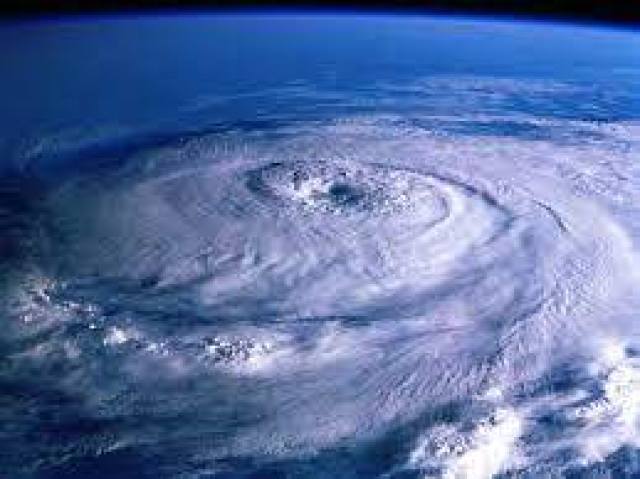There are a number of characteristics common to all cyclones. A cyclone is a low-pressure area. A cyclone's center, or the eye, is the area of lowest atmospheric pressure in the region. Near the center, the pressure gradient force and the force from the Coriolis effect must be in an approximate balance, or the cyclone would collapse on itself as a result of the difference in pressure.
Cyclogenesis is the development or strengthening of cyclonic circulation in the atmosphere. Cyclogenesis is an umbrella term for several different processes that all result in the development of some sort of cyclone.
Tropical cyclones form as a result of significant convective activity and have a warm core. Mesocyclones form as warm core cyclones over land, and can lead to tornado formation. Waterspouts can also form from mesocyclones, but more often develop from environments of high instability and low vertical wind shear.

